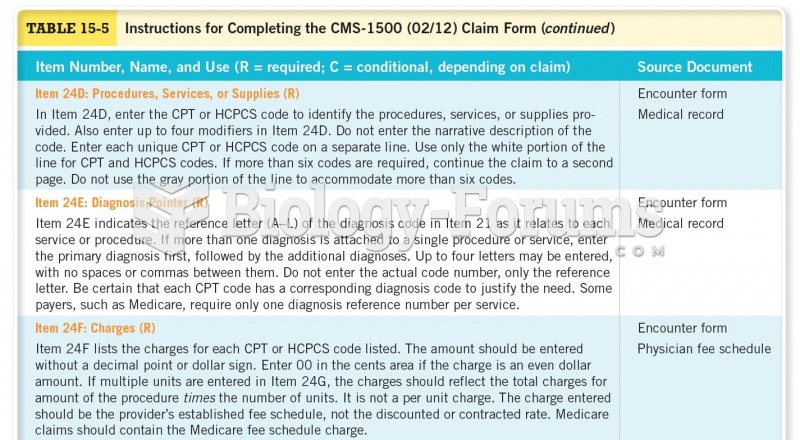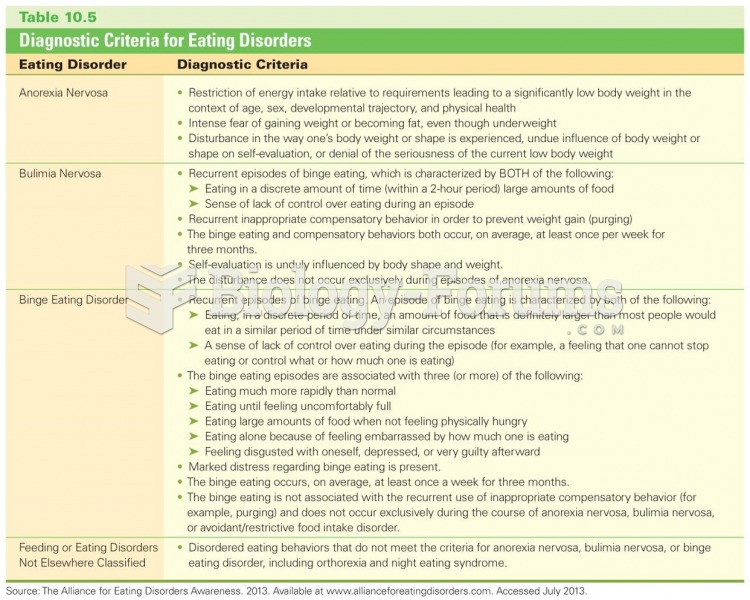Answer to Question 1
ANS: D
Thought disorders are evaluated as they relate to (1) content of thought, (2) form of thought, and (3) perception. Assessment of the content of thought relates to the client's ability to form an accurate assessment of reality. Major difficulties in this area may include delusions, which involve false beliefs held to be true despite proof that they are false or irrational. Examples of delusional thinking include delusions of persecution or of grandeur, somatic delusions, paranoia, and magical thinking.
The second category, form of thought, is assessed by listening to how the client presents his or her ideas. Does the client present with looseness of associations? In such situations, the client is unaware that the topics are unconnected. When this is extreme, the practitioner may be unable to understand what the client is talking about. Other difficulties with form of thought include circumstantiality and tangentiality. Circumstantiality is the delay in presenting a point because of numerous unnecessary and tedious details. Tangentiality is the inability to get to the point, owing to the introduction of unrelated topics. The degree of circumstantiality and tangentiality can vary significantly. For example, an anxious patient might shift from topic to topic with some awareness of doing so. This would not be considered a thought disorder problem. Serious thought disorder might include neologisms (invented words), word salad (a group of words put together randomly), and clang associations (choice of words based on rhyming).
The third category, perception, refers to hallucinations and illusions. Hallucinations are false sensory perceptions that are not associated with external stimuli and may involve any of the five senses. Illusions are misperceptions or misinterpretations of real external stimuli.
Answer to Question 2
ANS: B
In addition to street drugs or commonly abused drugs, anticholinergic agents can precipitate delirium, especially in elderly patients. Anticholinergic medications can cause a patient to present with hyperthermia, blurred vision, dry skin, facial flushing, and delirium. The mnemonic hot as a pepper, blind as a bat, dry as a bone, red as a beet, and mad as a hatter can be used to describe this toxic state (Shea, 1998). It is important to note that anticholinergic syndrome may be incomplete or hidden by other medications, such as opiates, and not present as a classic anticholinergic syndrome.







